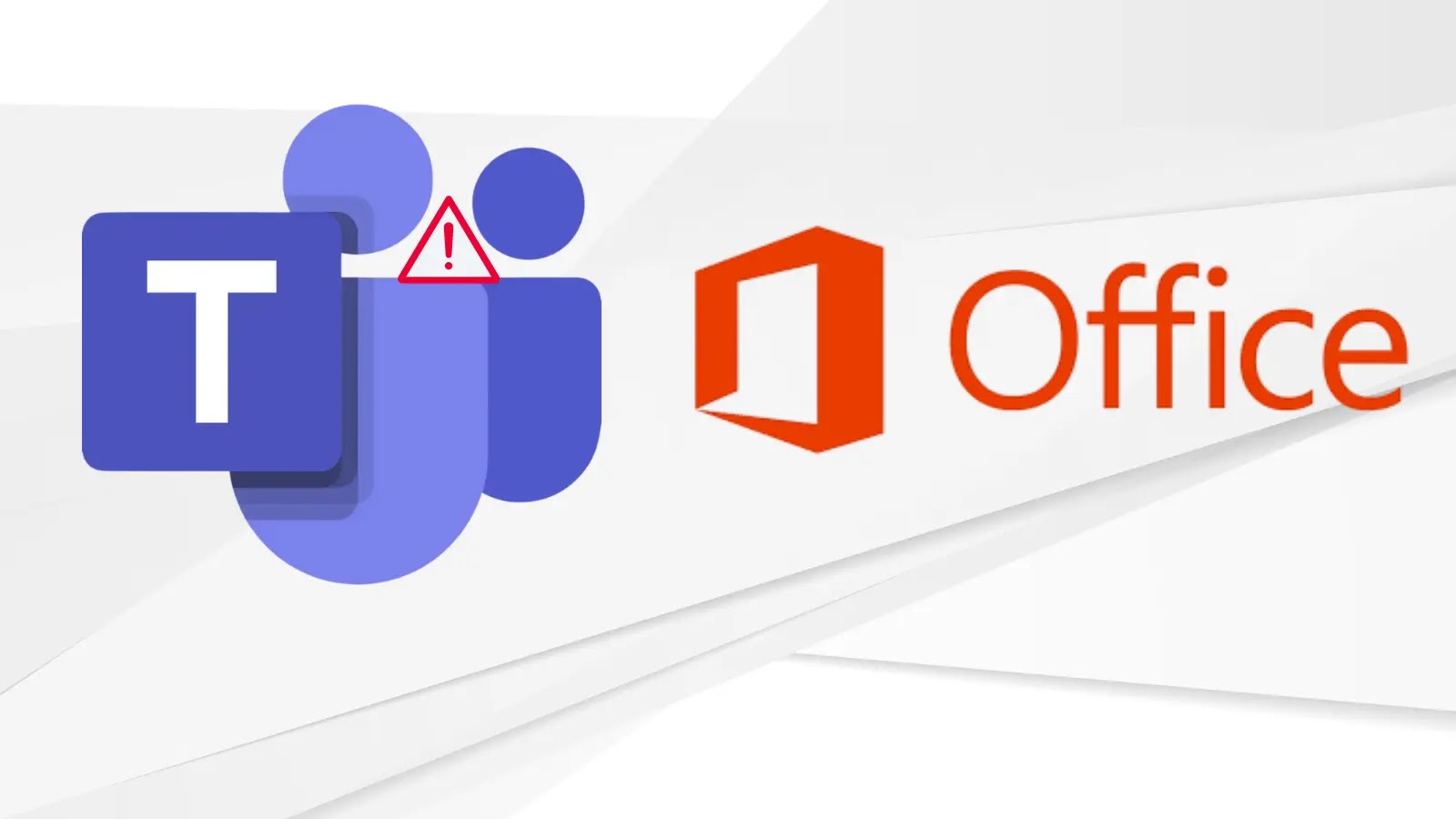
Microsoft Teams Issue Blocks Users From Opening Embedded Office Documents
For organizations heavily reliant on Microsoft Teams for collaborative workflows, the seamless sharing and editing of documents are paramount. Imagine a scenario where critical project timelines hinge on immediate access to a shared Excel spreadsheet, or a crucial client presentation requires a quick review of an embedded PowerPoint deck. Now, imagine those documents simply failing to open. This isn’t a hypothetical doomsday; it was the reality for many global Teams users recently.
Widespread Microsoft Teams Service Interruption
A significant service issue impacted Microsoft Teams users worldwide, preventing many from opening embedded Microsoft Office documents directly within the collaboration platform. Reports of this widespread disruption began surfacing early on a Thursday morning, leading to considerable frustration among users unable to access essential files such as Word documents, Excel spreadsheets, and PowerPoint presentations directly within their Teams channels.
This incident, while not directly a security vulnerability in the traditional sense, highlights the critical dependency businesses have on cloud-based collaboration tools. A disruption of this nature can severely impact productivity, project deadlines, and general business operations, underscoring the need for robust contingency plans and a thorough understanding of service health statuses.
Impact on User Productivity and Business Operations
The inability to open embedded documents within Microsoft Teams creates immediate and significant hurdles for user productivity. Consider a team accustomed to rapid iteration on shared documents. If a Word document containing project specifications cannot be opened, designers cannot proceed. If an Excel sheet with budget figures is inaccessible, financial approvals stall. PowerPoint presentations crucial for client meetings become unusable in their familiar embedded context.
This disruption forces users to seek workarounds, such as downloading the document and opening it in its native application, which adds friction and delays. Crucially, it breaks the seamless collaborative experience that is a primary value proposition of platforms like Teams. For IT departments, addressing this type of issue involves monitoring service health dashboards, communicating effectively with affected users, and exploring temporary mitigation strategies.
Understanding Service Health Monitoring
For IT professionals and cybersecurity analysts, understanding and utilizing service health dashboards like the Microsoft 365 Service Health dashboard is crucial. These dashboards provide real-time updates on the status of various Microsoft services, including Teams, Exchange Online, SharePoint Online, and others. During incidents like the one described, monitoring these dashboards is the primary method for gaining official intelligence on the scope of the issue, its root cause (if disclosed), and estimated times to resolution.
- Proactive Monitoring: Regularly check service health for any advisories or incidents affecting critical business applications.
- Subscription to Notifications: Configure email or SMS notifications for service incidents impacting your organization’s subscribed Microsoft 365 services.
- Internal Communication: Be prepared to disseminate information quickly and accurately to affected end-users, managing expectations and providing workarounds where possible.
Remediation Actions and Best Practices
While this particular issue was a service outage rather than a vulnerability requiring a system patch, the principles of incident response and resilience apply. For instances where embedded documents fail, either due to a service issue or a localized client problem, several immediate actions can be taken:
- Check Microsoft 365 Service Health: The first step is always to verify the official service status. Navigate to the Microsoft 365 admin center and check the “Service health” section. This will confirm if the issue is widespread or isolated to your environment.
- Download and Open Locally: Advise users to download the problematic document from Teams and attempt to open it directly using the native Office application (e.g., Word, Excel, PowerPoint) installed on their device.
- Access via SharePoint/OneDrive: Since Teams stores files in SharePoint and OneDrive, users can attempt to access the document directly from its source location in SharePoint or OneDrive via a web browser.
- Clear Teams Cache: For isolated client-side issues, clearing the Microsoft Teams cache can sometimes resolve unexpected behavior. Instructions vary by operating system.
- Update Teams Client: Ensure users are running the latest version of the Teams desktop client. Outdated client versions can sometimes exhibit compatibility issues.
- Implement Redundancy (Off-Platform Backups): While not a direct solution for this specific Teams issue, organizations should consider secure, off-platform backups for critical documents, ensuring business continuity even when primary cloud services experience disruptions.
Tools for Service Monitoring and Resilience
While this incident was a service-level problem, maintaining robust IT operations requires a suite of tools for monitoring and ensuring resilience. These tools generally fall into categories of service health, network monitoring, and endpoint management.
| Tool Category | Purpose | Example Tools |
|---|---|---|
| Service Health Monitoring | Real-time status of cloud services. | Microsoft 365 Service Health Dashboard |
| Network Performance Monitoring | Identifying network bottlenecks affecting cloud access. | SolarWinds Network Performance Monitor (NPM) |
| Endpoint Management | Ensuring client-side applications are updated and configured correctly. | Microsoft Intune, SCCM |
| Backup & Recovery Solutions | Ensuring data availability independently of primary platforms. | Veeam Backup for Microsoft 365, AvePoint Cloud Backup |
Conclusion
The recent Microsoft Teams incident, preventing users from opening embedded Office documents, served as a stark reminder of the foundational role cloud collaboration platforms play in modern business operations. While not a cybersecurity breach, such service disruptions highlight the imperative for organizations to have robust incident response plans, effective internal communication strategies, and a proactive approach to monitoring the health of critical external services. Maintaining awareness of official service health channels and empowering users with simple workarounds can significantly mitigate the impact of such events, ensuring minimal disruption to business continuity. Organizations must always prepare not just for security vulnerabilities but also for the operational resilience of their digital infrastructure.





